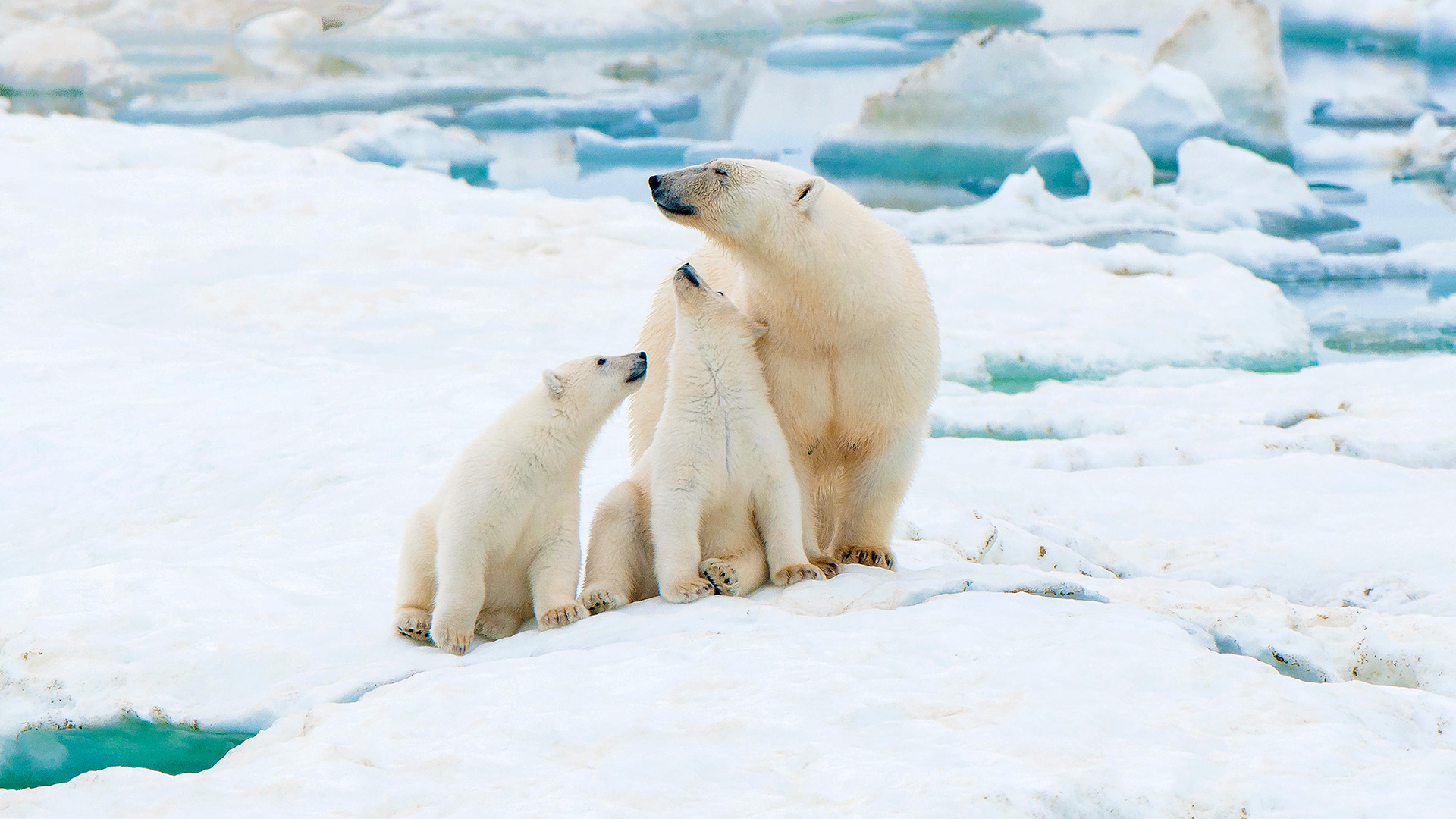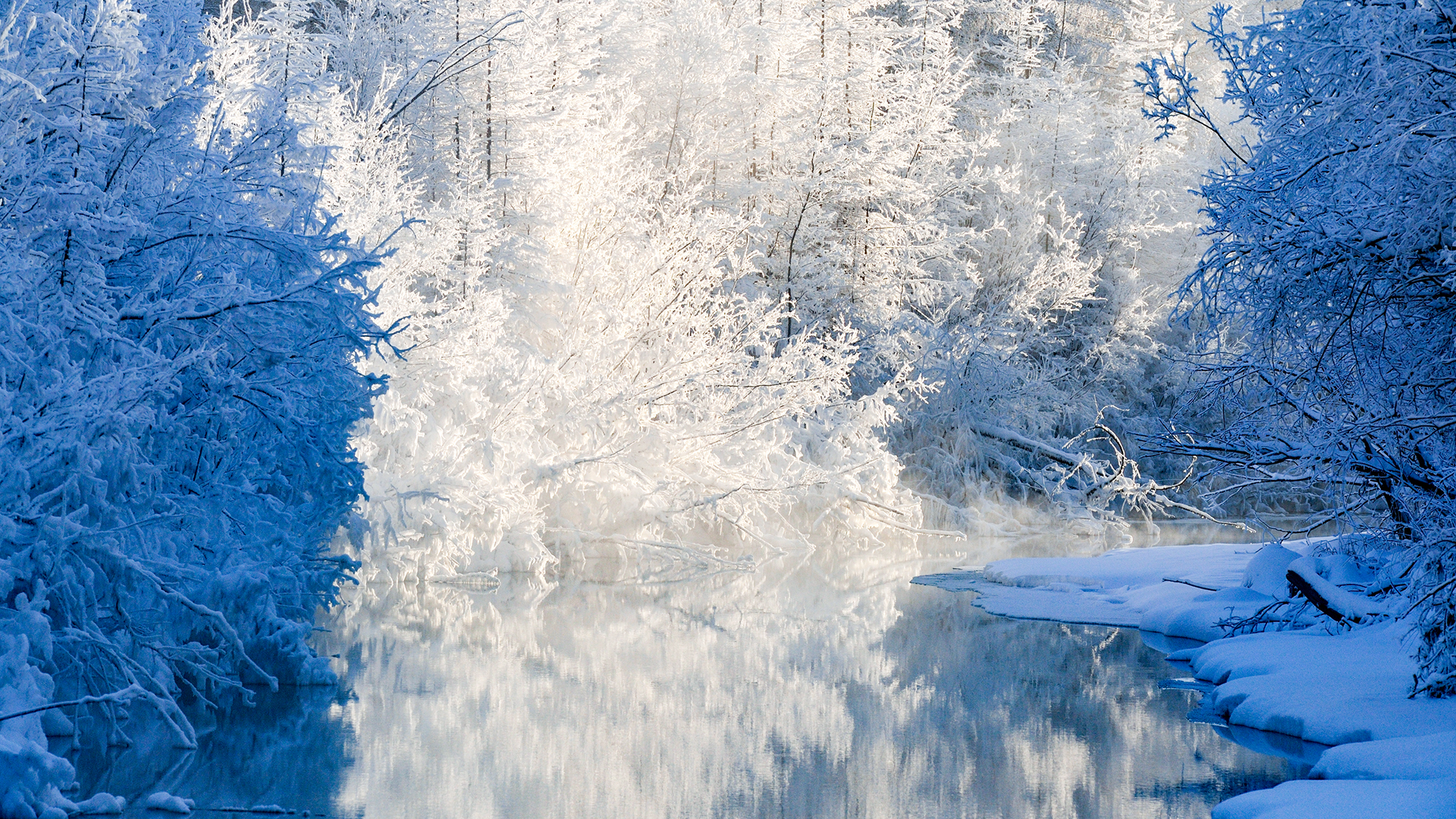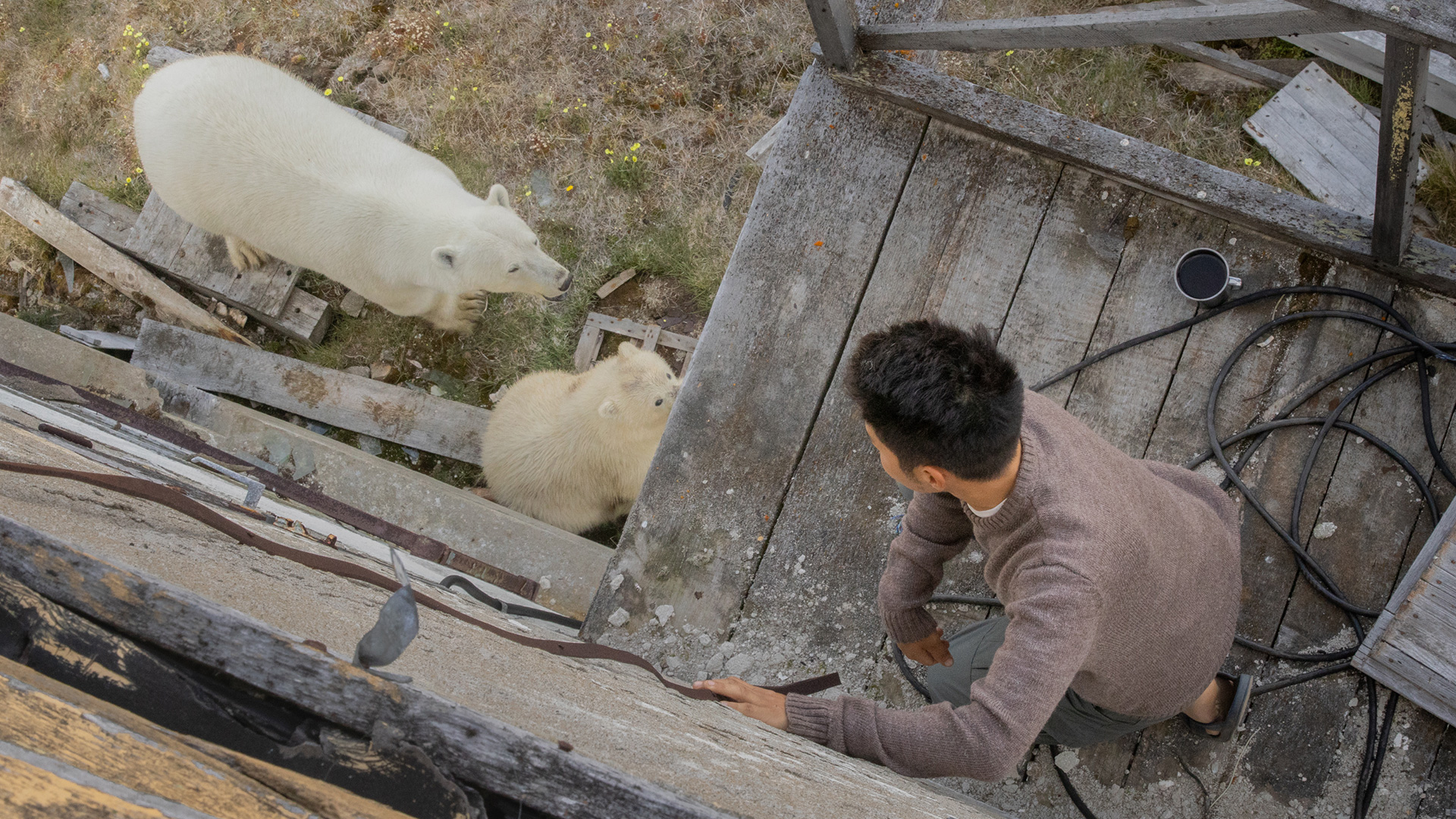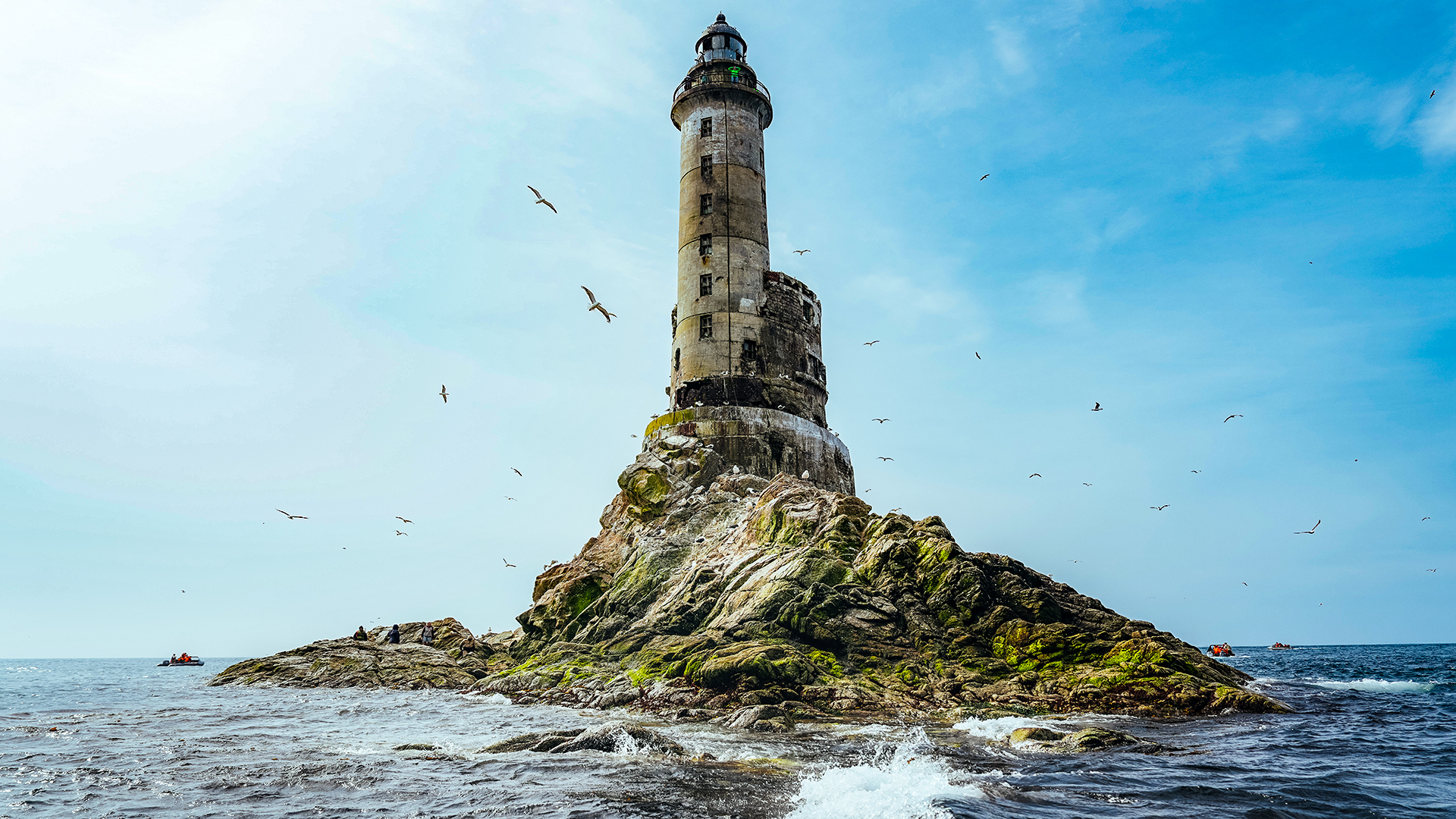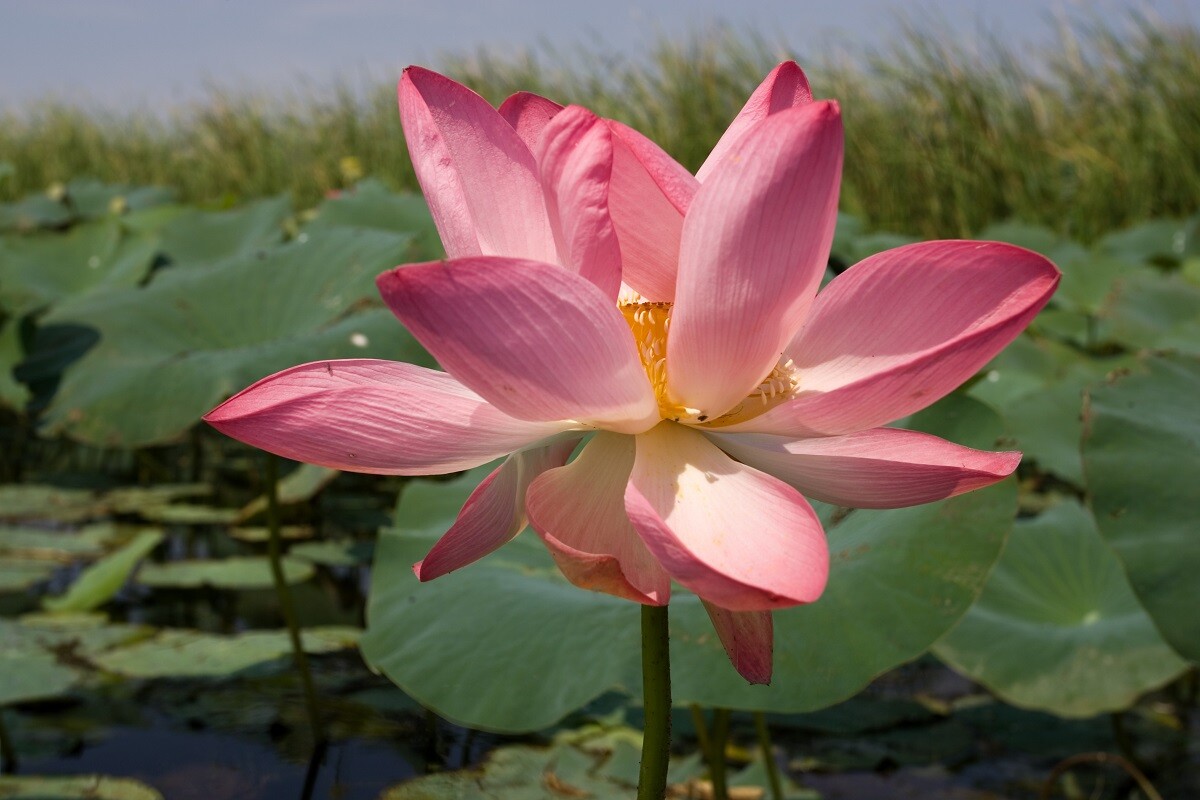
How do squirrels survive the Yakutian frosts?
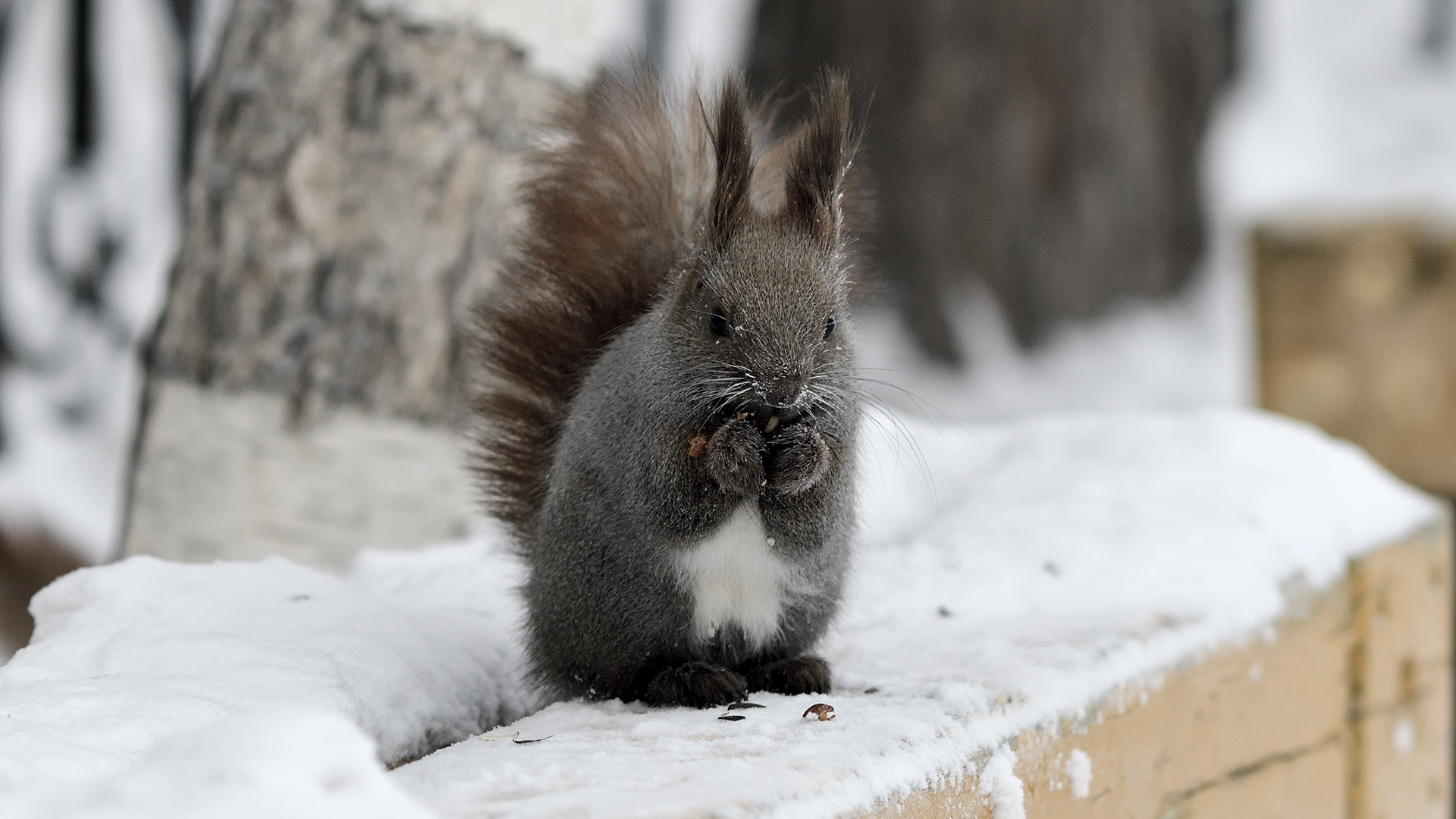
In 1929, Soviet zoologist Nikolay Ognev classified the Yakutian squirrel as a separate subspecies. This means that, during their time inhabiting the harsh conditions of Yakutia, these rodents have acquired distinct differences from the common squirrel.

The main difference is their unusual fur. The Yakutian squirrel sports a coat ranging from dark gray to almost black, with a thick white stripe on its chest. By winter, it becomes even thicker and denser, acquiring an almost bluish undertone. This allows it to camouflage itself within the winter forest.
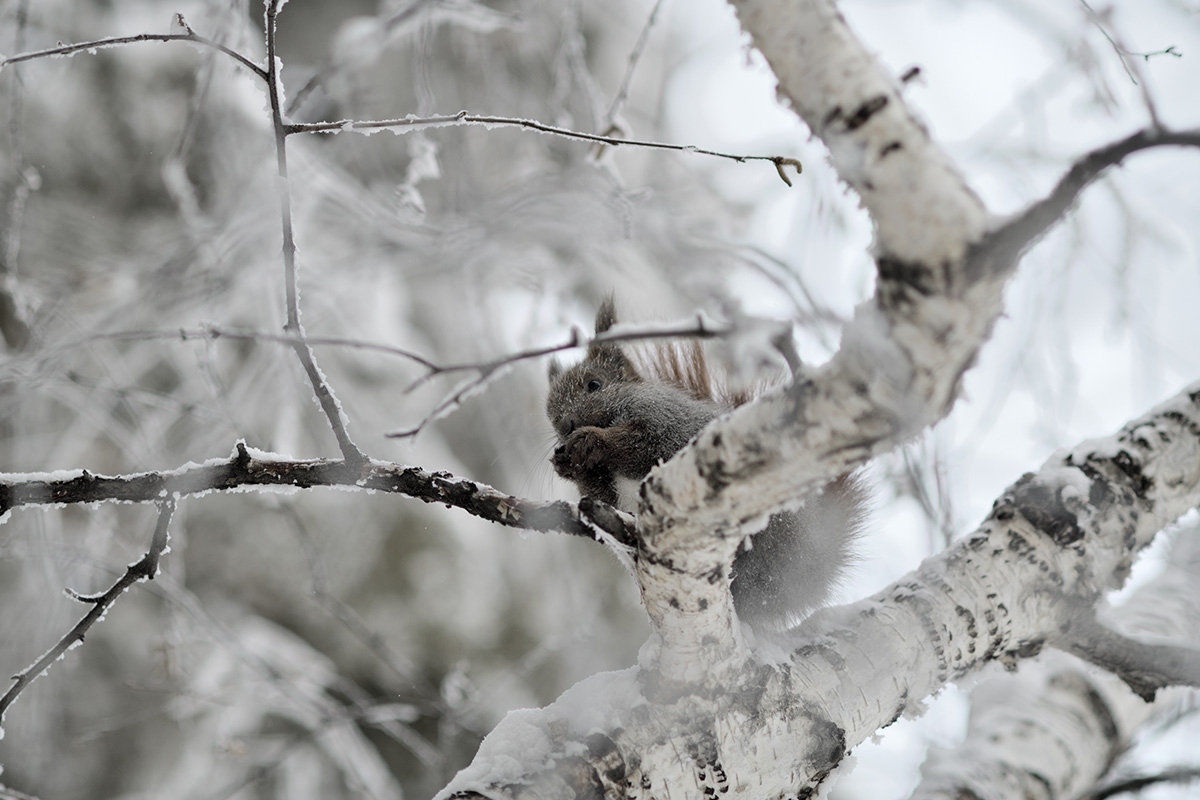
Because of its luxurious fur, the squirrel was once a target for the fur trade, alongside the sable.
Adaptation has ensured that the Yakutian squirrel can survive even in freezing temperatures. Unlike other animals, it’s active during the day, during the warmest hours, while, during severe frosts, it can remain in its tree hollow for several days to conserve energy. It insulates its home not only with forest moss, but also with its own fur.
 Soviet Yakutsk coat of arms
Soviet Yakutsk coat of arms
The Yakutian squirrel can be found not only in the forests of Yakutia, but also in some areas of Kamchatka. They migrated to the peninsula on their own a century ago.


